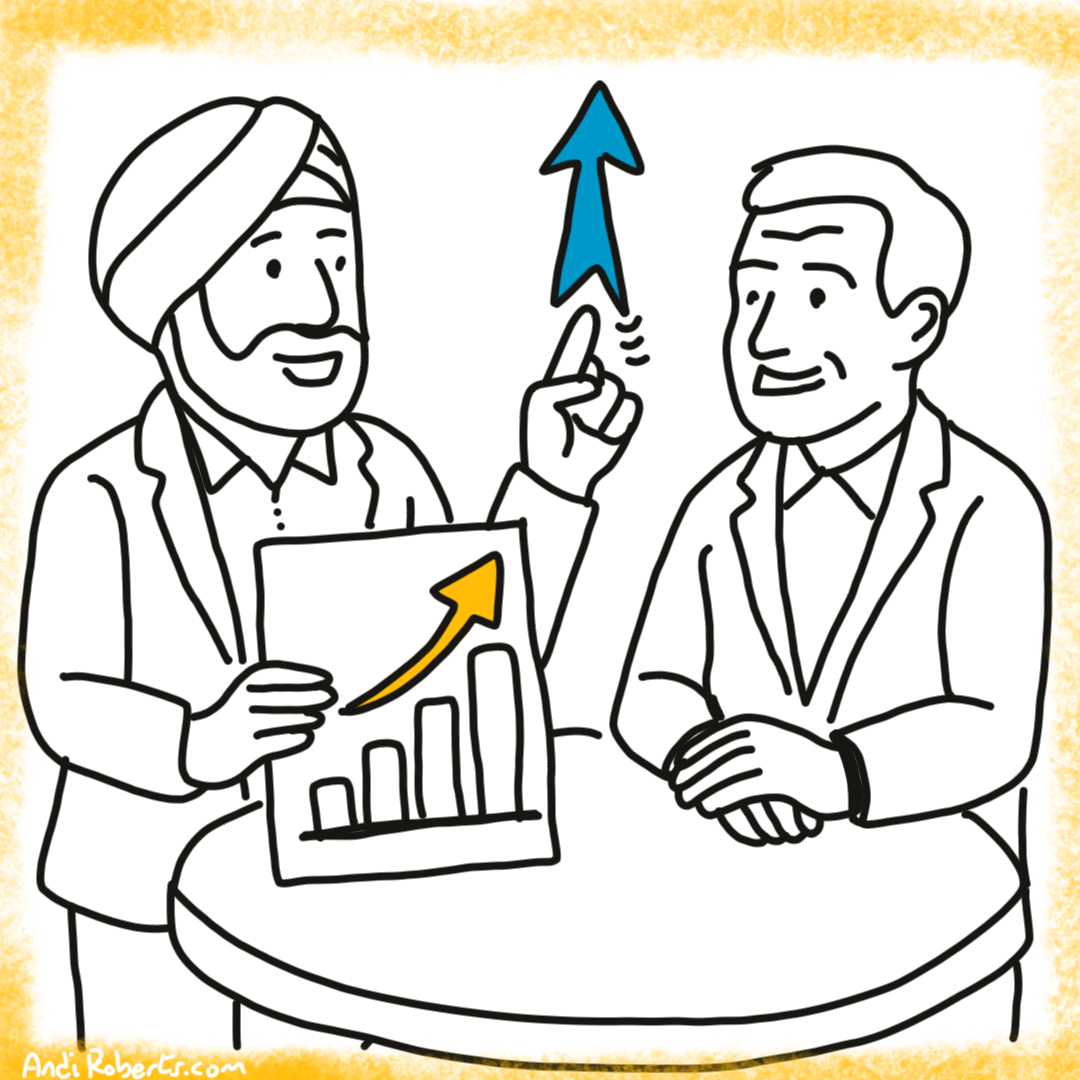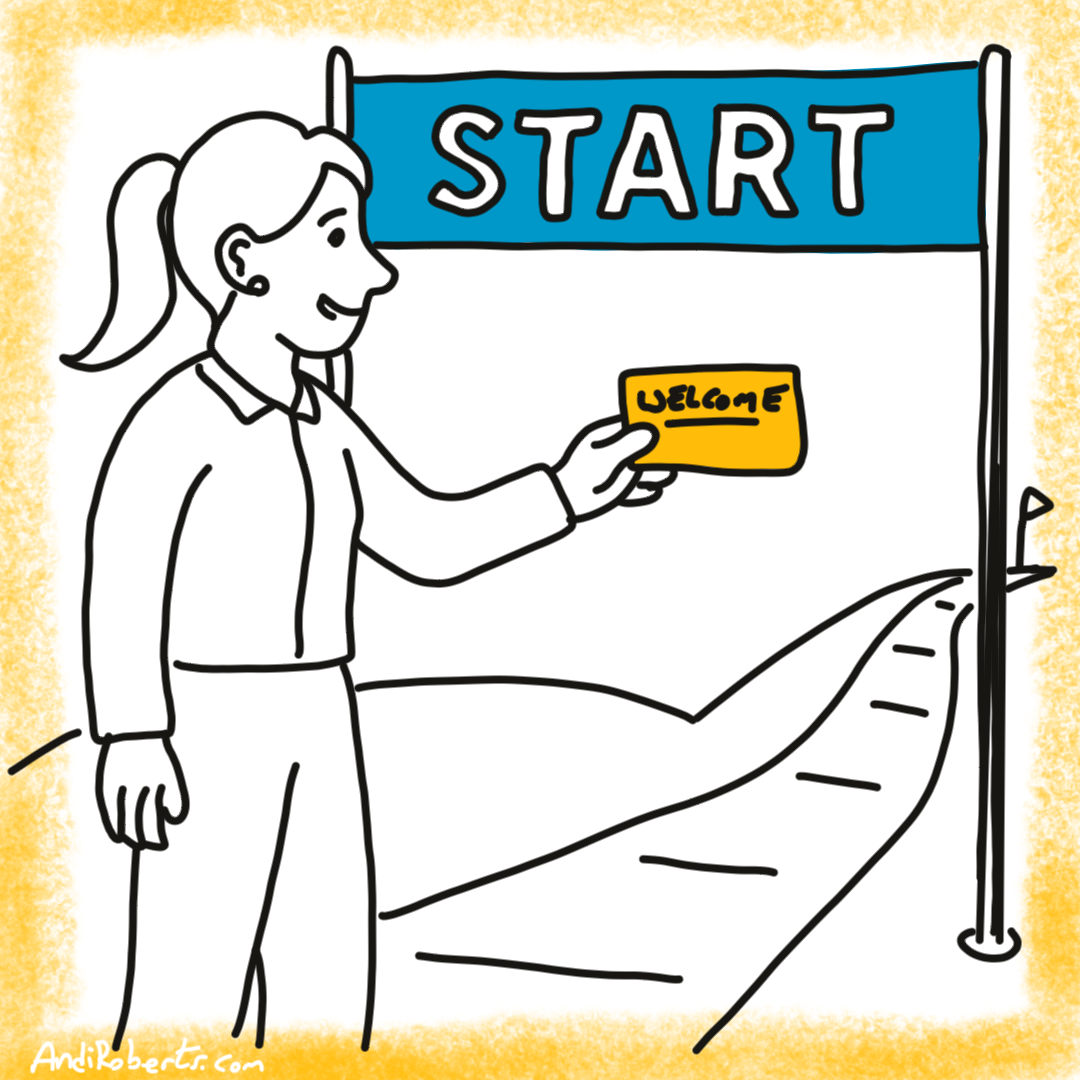This is the question many leaders are quietly searching for an answer to. In 2025, burnout is no longer an occasional problem. It is a crisis. Recent figures show that 82 percent of employees are at risk of burnout (Interview Guys, 2025), which challenges the belief that only a few struggle with exhaustion. Another study puts the current burnout rate at 66 percent, the highest ever recorded (Forbes, 2025). In remote and hybrid work settings, the risk is even more pronounced, with 69 percent of remote employees reporting burnout, and nearly half of remote or hybrid workers preferring to work while sick rather than take time off (TravelPerk, 2024).
The consequences are significant. Burned-out employees lose confidence by as much as 13 percent, which undermines both productivity and engagement (TeamOut, 2024). Many feel isolated or emotionally detached, a condition now described as “quiet cracking,” where commitment erodes silently even when people remain in their roles (Wikipedia, 2024). For younger workers, the impact is acute. Sixty-eight percent of Gen Z and 61 percent of millennials report burnout, and a large majority are actively considering leaving their jobs (Interview Guys, 2025).
The truth is clear. Motivation cannot be imposed on people who feel depleted. Burnout is not a personal failing. It is the predictable result of persistent mismatch between individuals and the conditions of their work. Six critical mismatches drain motivation: workload designed without recovery, control taken from the people who do the work, effort met with insufficient recognition, depleted community, perceived unfairness, and eroded meaning (Maslach & Leiter, 2022).
If you want to restore motivation, the starting point is not pep talks or resilience workshops. It is attention to the system that is wearing people down. Rebalancing the conditions of work so that people have space to breathe, belonging to lean into, fairness to trust, recognition that matters, say in how they work, and values that align with their own restores energy and commitment not by force, but by invitation.
Six strategies to reduce burnout
1. Workload: when demands exceed capacity
Burnout begins in the gap between the demands placed on individuals and the time allocated for recovery. In hybrid post-pandemic work, what appears to be a typical day often hides constant context switching, including virtual meetings, chat pings, and interrupted workflows. Even when hours seem manageable, the cognitive burden builds and energy evaporates. This imbalance is not about individual weakness but about a workplace that asks more than people can sustainably give.
Five leadership moves
• Audit the calendar and inbox. Look honestly at how much time is consumed by meetings and digital chatter. Cancel or consolidate wherever possible.
• Model pacing. If leaders send midnight emails or fill their diaries wall-to-wall, teams assume this is required. Boundaries signal safety.
• Design recovery into the flow of work. Shorter meetings, collective pauses, and no-meeting blocks make rest part of performance.
• Shift from output to outcomes. Celebrate progress on meaningful goals rather than rewarding visible busyness.
• Create flexibility at the edges. Adjust start and finish times or redistribute tasks so intense periods are balanced with lighter ones.
A stewardship perspective: Lightening the load matters, but so does reimagining what load is for. When work is seen as an endless list of tasks, exhaustion is inevitable. When it is framed as a shared commitment to something that matters, energy changes. Leaders who invite their teams to decide what truly deserves attention and who are willing to let go of lesser demands create more than efficiency. They create belonging. In such a culture, accountability is not enforced but chosen.
Leadership reflection questions
1. Where am I unintentionally signalling that busyness is more valuable than focus?
2. What conversations could I open so the team itself decides what to slow down or stop?
3. If we saw rest as essential to performance, what would change in how we design our week?
2. Control: when people feel powerless
Another root of burnout is feeling acted upon rather than shaping one’s work. When hybrid arrangements are mandated, schedules imposed, and tools dictated without input, people slip into helplessness. The mismatch is not about the presence of control but about the absence of influence. That gap between autonomy and imposition corrodes engagement.
Five leadership moves
• Co-create team agreements. Involve the group in shaping norms around hybrid schedules, responsiveness, and meeting rhythms. Shared ownership reduces resentment.
• Offer choice in the “how.” Even if outcomes are fixed, allow flexibility in process, such as workflow design or tool selection.
• Ask before assigning. When delegating, frame it as an invitation: “Would you be willing to take this on?” This signals respect and partnership.
• Share the “why” openly. If certain decisions cannot be shared, be transparent about the constraints and trade-offs. People handle limits better when they understand the reasoning.
• Distribute decision-making. Identify areas where the team can hold full authority, such as scheduling, budgets, or engagement strategies, and step back.
A stewardship perspective: The deeper move is to stop equating care with control. Genuine care involves entrusting people with responsibility, rather than shielding them from it. Leaders who keep too tight a grip unintentionally keep others in dependency. Trust grows when decision-making is shared and accountability is distributed across the group. This is not about abandoning direction, but about recognising that wisdom is present everywhere, not just at the top. When people experience authentic influence over their environment, they not only feel less burned out, but they also rise to the responsibility of shaping a future they believe in.
Leadership reflection questions
1. Where am I holding control that could safely be shared with the team?
2. How often do I explain the “why” behind decisions, not just the “what”?
3. What would it look like to treat my team as co-creators rather than recipients of direction?
3. Reward: when effort outstrips recognition
Burnout deepens when effort goes unseen. Pay and benefits matter, but the strongest predictor of engagement is whether people feel valued. In hybrid and post-pandemic workplaces, recognition is uneven. Those in the office often receive casual praise or visibility, while remote colleagues risk being overlooked. When recognition is reduced to metrics and bonuses, or when appreciation is absent, people quietly withdraw. They may still show up, but with less energy and less willingness to give beyond the minimum. Over time, cynicism sets in: why keep trying if no one seems to notice?
Five leadership moves
• Recognise effort, not just outcomes. Acknowledge persistence, creativity, or care for colleagues, not only completed deliverables.
• Spread recognition horizontally. Create rituals where peers thank one another, reducing dependency on managers as the sole source of affirmation.
• Equalise visibility. In hybrid meetings, deliberately highlight remote contributions so recognition is not biased toward those in the room.
• Celebrate meaning. Frame recognition around the difference the work made, whether for a client, a colleague, or the wider community.
• Make it personal. Generic “good job” signals little. Specific acknowledgement of what someone did, and why it mattered, builds trust and energy.
A stewardship perspective: The deeper move is to question what the organisation chooses to reward. If speed, efficiency, and compliance are the only currencies, burnout will persist because these measures drain rather than nourish. When generosity, curiosity, and courage are recognised and valued, the workplace conveys that the human spirit matters just as much as performance. Recognition then becomes more than a transaction of effort for praise. It becomes a way of saying: I see you, and your presence has meaning here. In such an environment, people offer their best not because they are required to, but because they want to.
Leadership reflection questions
1. Whose contributions might be invisible right now, and how could I bring them into the light?
2. Do our current recognition practices affirm only performance, or do they also honour care and creativity?
3. What would change if appreciation became a shared responsibility across the team, not just a managerial task?
4. Community: when connection erodes
Human beings are not wired for isolation. In post-pandemic workplaces, the informal ties that buffer stress, such as chance chats in the office or shared smiles over lunch, are missing or uneven. When belonging is replaced with fragmented interaction, the mismatch between our need for connection and the fragmented reality of hybrid work intensifies emotional distance.
Five leadership moves
• Create intentional connection. Do not leave community to chance. Design regular small-group conversations that go beyond tasks to human connection.
• Level the playing field. Ensure remote and in-office staff have equal access to leaders, information, and opportunities to contribute.
• Use rituals. Simple practices like check-ins, shout-outs, or closing reflections help teams feel seen and held together.
• Notice the climate. Pay attention to tone, energy, and the way people speak to each other. Intervene early if cynicism or fragmentation shows up.
• Invest in shared experiences. Occasional in-person gatherings, offsites, or even virtual workshops can renew bonds and reset energy.
A stewardship perspective: At the heart of community is the belief that work is not just an exchange of labour for reward but a collective act of belonging. When we see colleagues as co-owners of a shared endeavour, relationships are no longer a soft extra but the very foundation of performance. Leaders serve the community best by convening spaces where trust grows, accountability is mutual, and people experience themselves as part of something larger than their individual role. Belonging is not built by policies but by conversations and commitments that remind us we are in this together.
Leadership reflection questions
1. What practices in our team build belonging, and which ones erode it?
2. Who might be feeling peripheral or unseen, and how can I bring them closer to the centre?
3. If community was treated as essential to performance, what would we do differently?
5. Fairness: when equity is absent
Few things drain motivation more quickly than the perception of unfairness. Burnout accelerates when people believe opportunities, recognition, or workloads are distributed unevenly. In hybrid workplaces, this often takes the form of proximity bias: those physically closer to leaders receive more visibility and chances to advance. Others, especially remote workers, feel sidelined. When promotions, pay, or project assignments seem inconsistent, resentment builds. Over time, a sense of injustice corrodes trust. The result is disengagement not only from work but from the organisation itself.
Five leadership moves
• Be transparent about decisions. Explain how promotions, raises, or project allocations are made. Silence breeds suspicion.
• Check for bias in hybrid participation. Track who speaks, who gets invited to meetings, and who receives stretch assignments. Correct imbalances early.
• Standardise where necessary. Clear criteria for evaluation and advancement help reduce the perception of favouritism.
• Invite feedback on fairness. Ask directly how people experience equity in workload, recognition, and opportunity. Be prepared to hear what is uncomfortable.
• Share accountability. Empower teams to design fair processes for distributing tasks or recognising contributions.
A stewardship perspective: Fairness is not only about distributing resources evenly. It is about creating a culture where people feel trusted to take part in decisions that affect them. Justice in the workplace means shifting from a system of entitlement and privilege to one of partnership. Leaders who treat people as co-owners ensure that fairness is not a compliance exercise but a shared responsibility. When equity becomes a communal value, trust deepens and energy returns.
Leadership reflection questions
1. Where might people in my team perceive unfairness, even if unintentional?
2. How transparent am I willing to be about the criteria behind decisions?
3. What would it look like if fairness was owned collectively rather than monitored from above?
6. Values: when meaning is compromised
A mismatch in values is one of the most powerful drivers of burnout. Unlike workload or fairness, which people may tolerate for a while, values conflict strikes at the core of motivation. Burnout intensifies when employees feel their personal principles are at odds with what the organisation demands, or when the work itself lacks meaning. Post-pandemic, many are asking not just how do we work but why does this work matter. If the answer feels empty, energy and commitment collapse. People may stay in their roles but withhold their hearts, leading to disengagement that no incentive can repair.
Five leadership moves
• Name the purpose. Regularly connect daily work to the broader mission and the human difference it makes.
• Create space for alignment. Encourage conversations where people can voice how their personal values intersect with team goals.
• Notice ethical tension. Be alert to tasks or directives that may feel at odds with integrity, and address them openly.
• Honour the whole person. Recognise that employees bring more than skills; they bring commitments, principles, and hopes that deserve respect.
• Revisit priorities. If certain demands consistently undermine values, be willing to stop them or redesign them.
A stewardship perspective: The deeper challenge is not just to make work feel purposeful but to act as if purpose is central to why we gather. Workplaces that prize efficiency over meaning risk hollowing out the very energy they seek. When leaders invite teams to name what they care about and to shape work in service of that, alignment grows. This is not about lofty mission statements but about creating a culture where people can say, “This matters to me,” and know it matters to the group as well. Meaning is not delivered from the top but created through shared ownership of values.
Leadership reflection questions
1. How often do I connect the work of the team to something that feels purposeful and alive?
2. What signals do I give, intentionally or not, about what really matters in this organisation?
3. If people believed their values were fully welcome here, what would change in how they showed up?
Wrap up
Motivating a burned-out team is not about driving harder or adding more incentives. It is about stewardship. The six mismatches show us where systems and expectations wear people down. When leaders rebalance these conditions, motivation is not manufactured; it re-emerges.
The invitation is to move from control to partnership, from pressure to trust, and from extraction to belonging. Teams recover energy when they are treated as co-owners of the work, when fairness and recognition are shared, and when purpose is not imposed but discovered together.
Burnout signals a breakdown not in individuals, but in systems that overlook their humanity. What restores commitment is the experience that our contributions matter, that our voices count, and that the work itself is worthy of our effort.
Some final leadership reflection questions:
1. Which of the six mismatches in the work-life relationship is most present in my team right now, and how am I contributing to it?
2. What is one concrete change I can try this month to restore balance and reclaim energy?
3. How might I invite my team to co-create the conditions that would make their work feel worth doing again?
Recommended reading
• The Burnout Challenge: Managing People’s Relationships with Their Jobs by Christina Maslach and Michael P. Leiter (2022): The most recent and accessible book from the originators of the burnout framework. It distils decades of research into practical steps for leaders navigating today’s complex, hybrid workplace.
• Dying for a Paycheck by Jeffrey Pfeffer (2018): Explores the health and social costs of modern work practices.
• Overloaded: How Good Jobs Went Bad and What We Can Do About It by Erin L. Kelly and Phyllis Moen (2020): A research-driven look at redesigning work for sustainability.
References
• Leiter, M. P., & Maslach, C. (2005). Banishing burnout: Six strategies for improving your relationship with work. Jossey-Bass.
• Maslach, C., & Leiter, M. P. (1997). The truth about burnout: How organizations cause personal stress and what to do about it. Jossey-Bass.
• Maslach, C., & Leiter, M. P. (2022). The burnout challenge: Managing people’s relationships with their jobs. Harvard University Press.
• Robinson, B. (2025, February 8). Job burnout at 66% in 2025: New study shows. Forbes. https://www.forbes.com/sites/bryanrobinson/2025/02/08/job-burnout-at-66-in-2025-new-study-shows/
• TeamOut. (2024). Employee burnout statistics. https://www.teamout.com/blog-post/employee-burnout-statistics
• The Interview Guys. (2025). Workplace burnout in 2025: Research report. https://blog.theinterviewguys.com/workplace-burnout-in-2025-research-report
• TravelPerk. (2024). Remote work burnout statistics. https://www.travelperk.com/blog/remote-work-burnout-statistics
• Wikipedia. (2024). Quiet cracking. In Wikipedia. https://en.wikipedia.org/wiki/Quiet_cracking





Leave A Comment